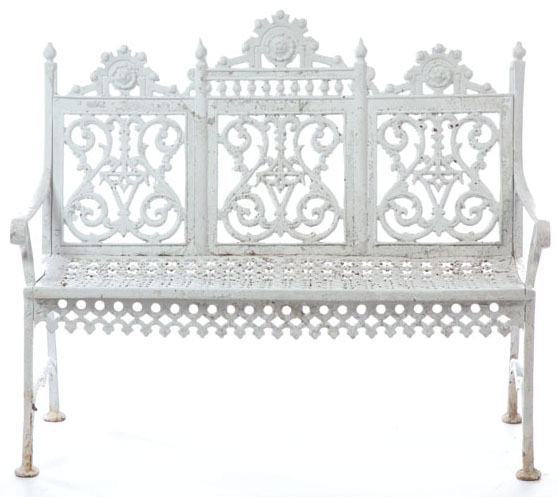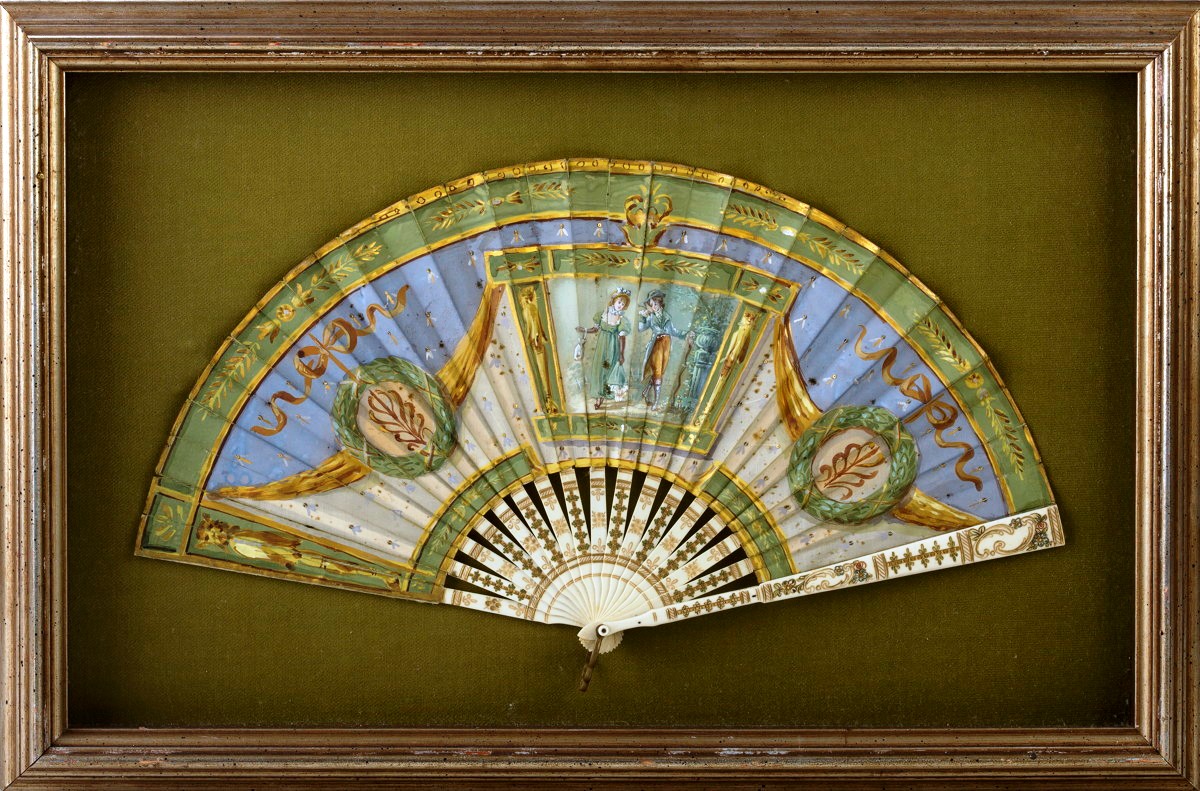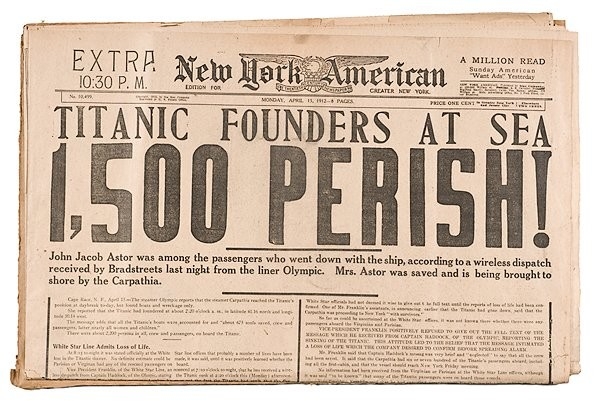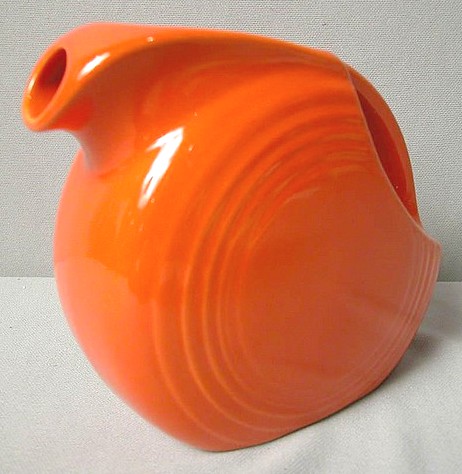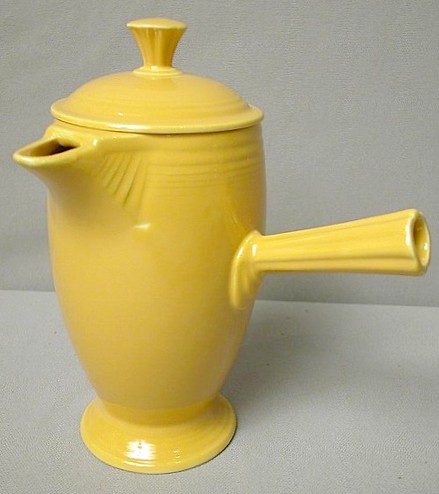Everything from Tiffany Favrille to Fire-King Jadeite is being manufactured by the unscrupulous to fool the uninitiated. Armed with knowledge of your collectible, and these simple tips, you won’t be fooled by glass forgeries, fantasies and reproductions.
Popular Collectibles are Targets for Fakery
As more and more of our antique and collectible purchases are made on-line, it gets easier for the dishonest to pass off fakes to unsuspecting buyers. In the old days, only collectors of the highest ticket items had to be on the lookout for forgeries, but modern manufacturing techniques and worldwide distribution make it financially viable to forge even moderately priced items. Your only protection is knowledge. Start with these simple tips for spotting Art and everyday glass fakes:
Quality Tells: Authentic Tiffany or Tiffany Fake?
The crown jewels of art glass, Tiffany and Lalique are the target of some of the world’s busiest forgers. These companies produced beautifully designed objects, flawlessly executed in the highest quality materials. These objects are stunning in terms of aesthetics and intrinsic value which is in part why they are so highly prized.
In frequently reproduced Tiffany iridescent glass, for example, the iridescent finish is noticeably inconsistent. There are random, lumpy streaks or drips that are not part of a discernible pattern. An authentic piece of Tiffany glass is flawlessly crafted without these obvious blemishes, and the applied finish is so smooth it feels silken.
Signed by Ralph Lalique or Larry Tiffany?
Lalique is also subject to both reproductions, and new glass altered to pass as more valuable vintage Lalique. The problem is further compounded by the fact that Lalique is still in production. The glass that is most collectible was made pre-1945 and was signed R. Lalique (for Renee Lalique), but after that time, the glass was marked simply, Lalique. Today, however, some sellers are buying new Lalique, adding the R, and passing the object off as vintage which commands much higher prices.
While it’s tempting to rely on a manufacturer’s stamp, these are not reliable measures of an object’s authenticity. Tiffany’s maker’s mark changed over the years, was sometimes etched, and sometimes appeared as a paper label. Some pieces went unmarked, providing the opportunity for the unscrupulous to add a name, and bump up a piece to the next level.
Glass Fantasies & Reproductions in Jadeite and More
Fantasies are creations of modern cheats who combine elements that never appeared together and stamp them with a manufacturers mark attempting to fool the unsuspecting buyer. In glassware, these fakes often appear in colors in which the original manufacturer never produced them. Martha Stewart made Jadeite so popular that reproductions flooded the secondary market. Sometime these were made from molds that were made from the original objects, which made the new finished product smaller than the original. The quality issues discussed earlier holds true here as well.
-By p4A Contributing Editor Susan Cramer.

